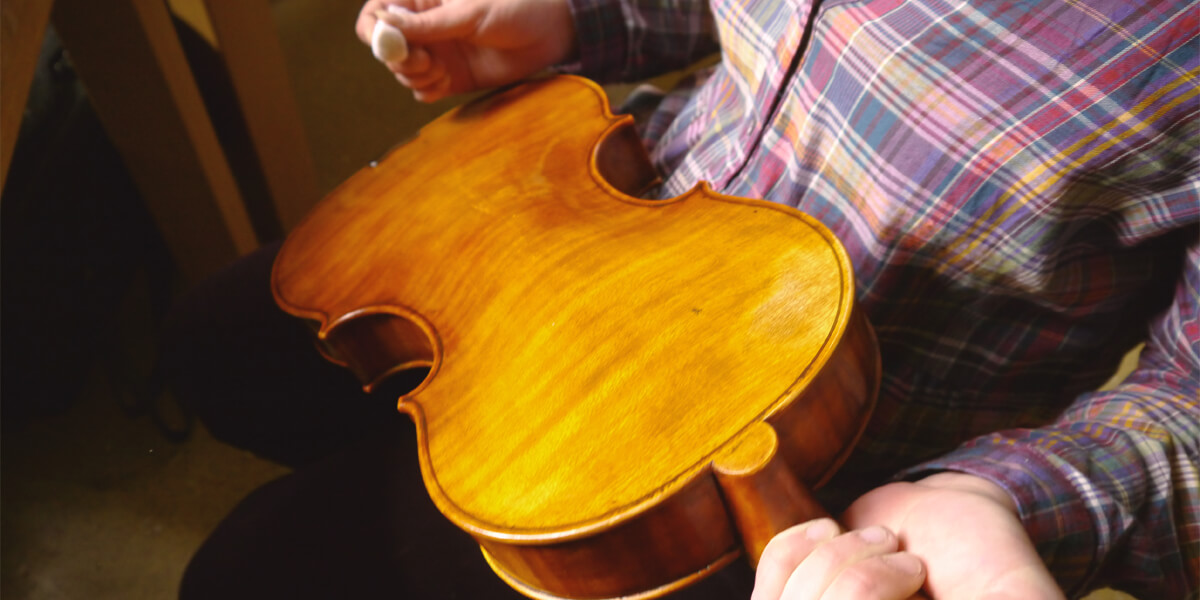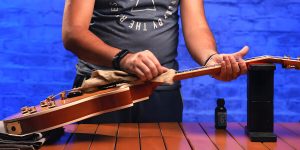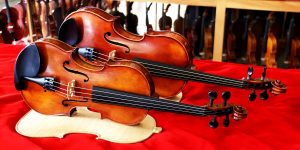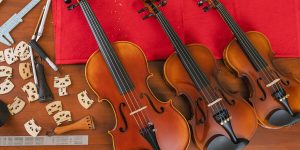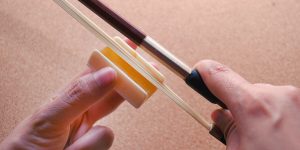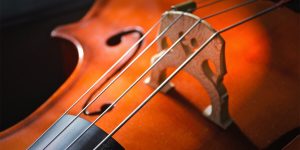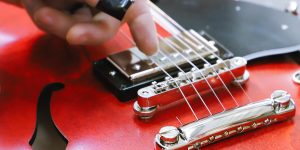If you’re a violin owner, knowing how to clean a violin is critical for maintaining its appearance, playability, and longevity. Regular cleaning is important to remove dust, rosin residue, and finger oils that can accumulate over time and negatively impact the instrument’s visual appeal and sound quality. By incorporating a simple cleaning routine into your violin maintenance, you can ensure that it remains in optimal shape for years to come.
In this article, I will provide you with violin care and maintenance tips. From selecting the right violin cleaning materials to safely removing dirt and debris, I’ll guide you through step-by-step techniques to keep your violin clear and sound at its best.
Cleaning tools
When cleaning a violin, having the right tools is very important. Here are the instruments you’ll need:
| Cleaning Tools | Description |
|---|---|
| Soft cloth | Lint-free, non-abrasive cloth for gently wiping the surface of the violin. |
| Mild cleaning solution | This liquid is specifically designed for delicate surfaces. |
| Polish | High-quality violin polish to restore luster and protect the instrument’s finish. |
| Cotton swabs or soft brushes | Tools for reaching tight spots and crevices, such as f-holes and scroll. |
| Rosin remover (if needed) | A specialized solution to dissolve and remove excessive rosin buildup on strings or fingerboards. |
To create a suitable workspace for cleaning, find a well-lit area with a soft surface where you can safely place the violin during the cleaning process. Avoid placing it on hard or uneven surfaces that could cause accidental damage.
Cleaning the body and fingerboard
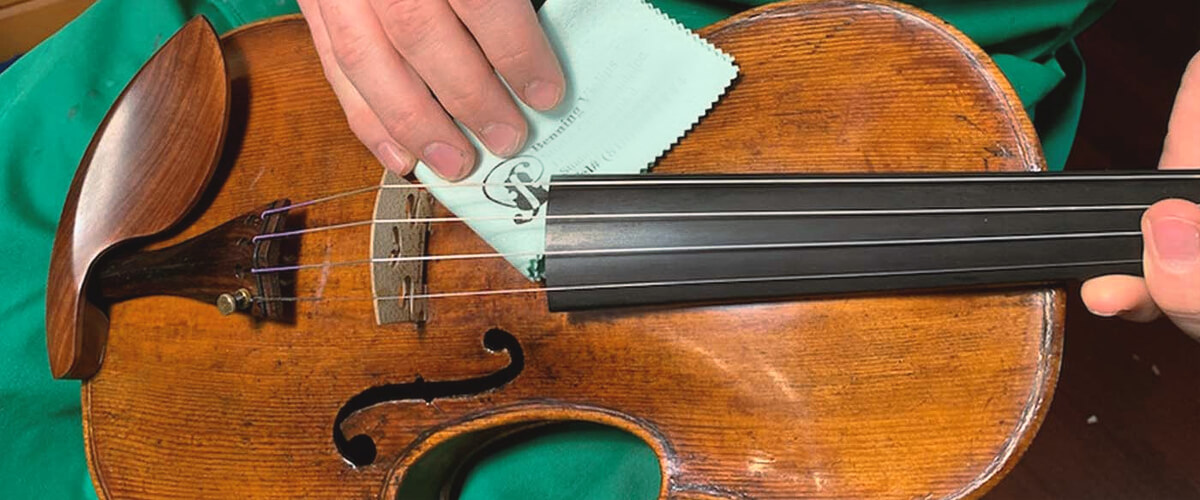
To properly take care of the violin, it’s important to know how to clean the body and fingerboard properly. Here’s a step-by-step guide:
- Removing rosin dust: Use a soft cloth or brush to gently wipe away rosin dust from the body and fingerboard, taking care not to scratch the instrument.
- Clean a violin fingerboard: Take a soft cloth or cotton swab slightly dampened with a mild cleaning solution. Carefully clean the fingerboard, ensuring thorough removal of dirt and residue. It’s crucial to promptly dry the fingerboard to prevent moisture damage.
- Polishing the body: Apply a small amount of violin polish onto a soft cloth. With gentle circular motions, polish the varnish to remove any spots or fingerprints. Be cautious not to over-polish or apply polish to delicate areas, such as the sound holes.
Remember, always use gentle pressure when cleaning to avoid causing any damage to the instrument.
Cleaning the strings
Properly cleaning and maintaining your violin strings is also important for optimal sound quality and longevity. Here are some important steps to follow:
- Removing rosin residue: Use a soft cloth or cotton swab lightly dampened with a mild cleaning solution to clean each string individually, gently removing any rosin residue.
- String replacement: Regularly inspect your strings for signs of wear or damage. If you notice fraying, unraveling, or loss of tone quality, it may be time to replace the strings. While string replacement can be done at home, it’s recommended to seek professional assistance if you’re unsure or inexperienced.
When replacing strings, follow these instructions:
- Loosen the tension of the old string by turning the peg counterclockwise.
- Unwind the string from the tailpiece and carefully remove it from the peg.
- Attach the new string to the tailpiece and insert the end into the peg hole.
- Begin winding the string onto the peg, making sure it is properly aligned in the nut and bridge grooves.
- Gradually tighten the string by turning the peg clockwise, taking care not to overtighten.
Remember, if you’re unsure about replacing the strings yourself, consulting a professional violinist or luthier can ensure the task is performed correctly and maintain the best performance of your instrument.
Cleaning the bow
Don’t forget to care for your violin bow, and here are my tips on how to do it as correctly and efficiently as possible:
- Cleaning the bow hair: Gently wipe the bow hair with a soft cloth or cotton swab to remove excess rosin and dirt. Be cautious not to use any cleaning solutions on the hair, as it can affect its performance.
- Cleaning the bow handle: To clean the bow handle, use a soft cloth lightly dampened with a mild cleaning solution. Wipe the handle carefully, removing any dirt or residue. Promptly dry the bow stick to prevent any moisture damage.
It’s important to note that excessive moisture or cleaning solutions can harm the bow’s wood, so ensure thorough drying after cleaning. Regularly maintaining the bow hair and handle will not only prolong its lifespan but also contribute to producing a better sound.
Varnish and seam care
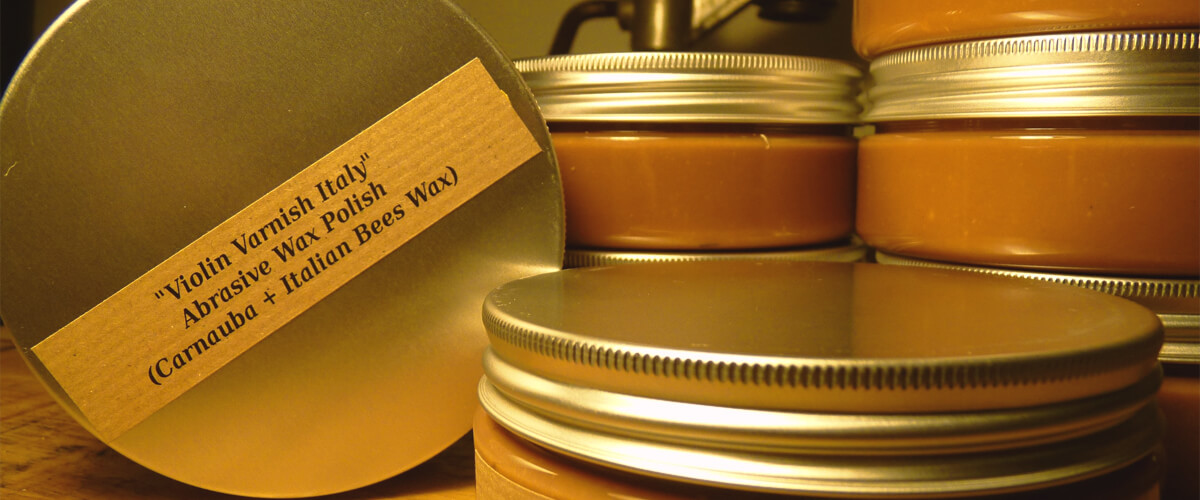
Proper care of the violin’s varnish and seams is important for maintaining its appearance and structural integrity. When caring for the varnish and seams, consider the following points:
- Varnish protection: It is essential to protect the varnish from scratches and damage. Avoid placing the violin on rough or hard surfaces that could cause scratches.
- Varnish cleaning: If there are stains, fingerprints, or dirt on the varnish, gently clean the affected areas with a soft cloth lightly dampened with a mild cleaning solution.
- Varnish polishing: Approach varnish polishing with caution. Polish the varnish only if necessary and if it has lost its shine. Apply a small amount of violin varnish onto a soft cloth and gently polish the varnish in circular motions.
- Seam inspection: Regularly check the seams of the violin for signs of loosening or opening. Gently run your finger along the seams to feel for any gaps. If you notice any issues, such as gaps or looseness, it’s important to seek professional help from a violin maker or repair specialist.
FAQ
How often should I clean my violin?
Clean your violin regularly by wiping it down after each use and giving it a more thorough cleaning every few months or as needed.
Can I use regular cleaning products or solvents?
Avoid using regular cleaning products or solvents on your violin, as they can damage the varnish. Use mild cleaning solutions specifically designed for delicate surfaces.
Should I oil the wood of my violin?
No, you should not oil the wood of your violin. Violins are finished with varnish, which provides sufficient protection. Oiling the wood can alter the sound and potentially damage the varnish.
Can I use commercial instrument polish?
It is better to avoid using commercial instrument polish on your violin. Instead, use specialized violin polish, which is gentle on the varnish and formulated specifically for violins.

